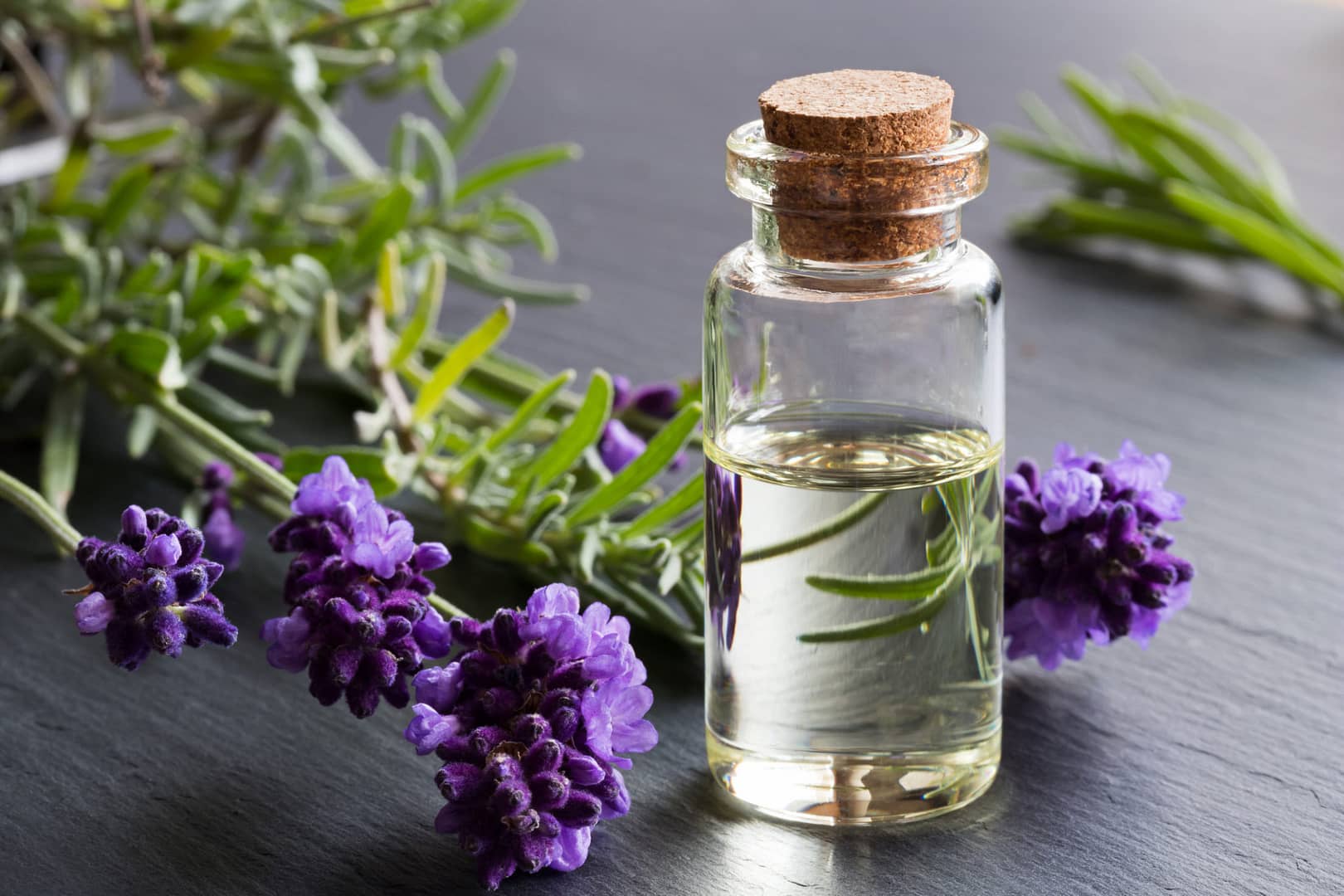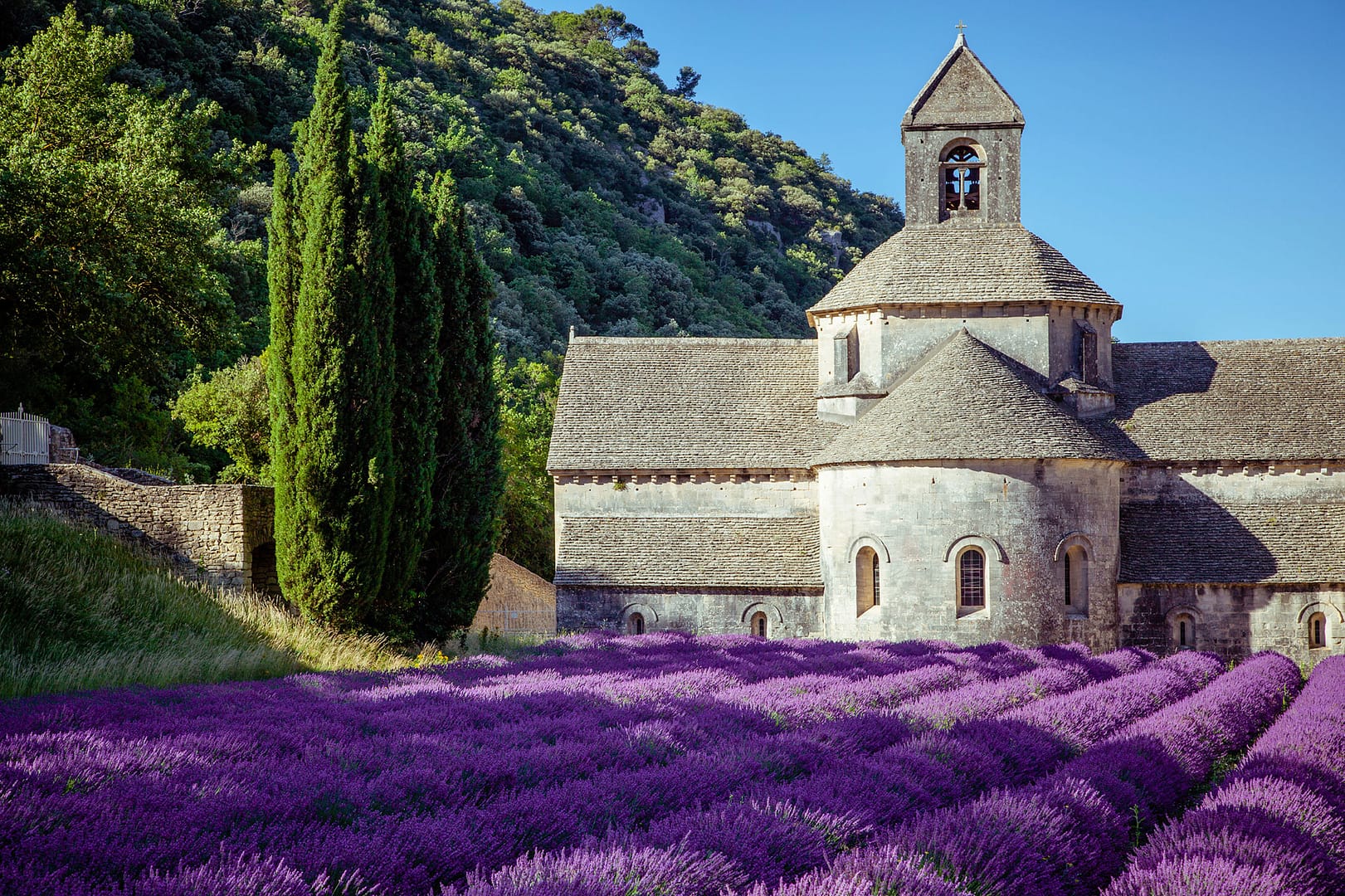The history of lavender stretches back over 2,500 years to ancient Egypt, when lavender oil was used as a perfume. The ancient Greeks and Romans bathed in water infused with the fragrant lavender buds, but later in the Middle Ages lavender started to be used in both culinary preparations and medicine.
Lavender is a unique herb in that every part of the plant, bud, stem, and leaf can be used in cooking. With pungent floral flavor and aroma, with subtle notes of herbaceousness, earthiness, and mint. Different varieties take on undertones of fruit, smoke, and woodiness, making it a complex culinary herb.
Over time, the herb grew in popularity across the Mediterranean, integrating into the cuisine of Spain, France, Italy, and England by the 17th century. English lavender has become the most popular choice for culinary purposes, given its mild, peppery floral flavor. The flower buds, leaves, and stems of lavender can be used fresh or dried in dishes ranging from sweet desserts to soothing teas, and heartier meat dishes.
The scent of lavender is easily recognizable, used in aromatherapeutic products from candles to room scents, to soaps, to skincare and hair care products, to being a key floral scent in many fine fragrances.
With a long list of holistic and medicinal values, Lavender continues to contribute to help those suffering from insomnia, headaches, anxiety, and inflammatory issues. Additionally, Lavender has been used to prevent hair loss, intestinal gas, and abdominal swelling.
Artiste is the best source for high-quality ingredients from around the world. Interested in knowing more? Need to know, ask Joe!
Share This

About atrga94
Related Posts
From the Source: France
Phone: (201) 447-1311 | Email: jraimondo@artiste.us.com




